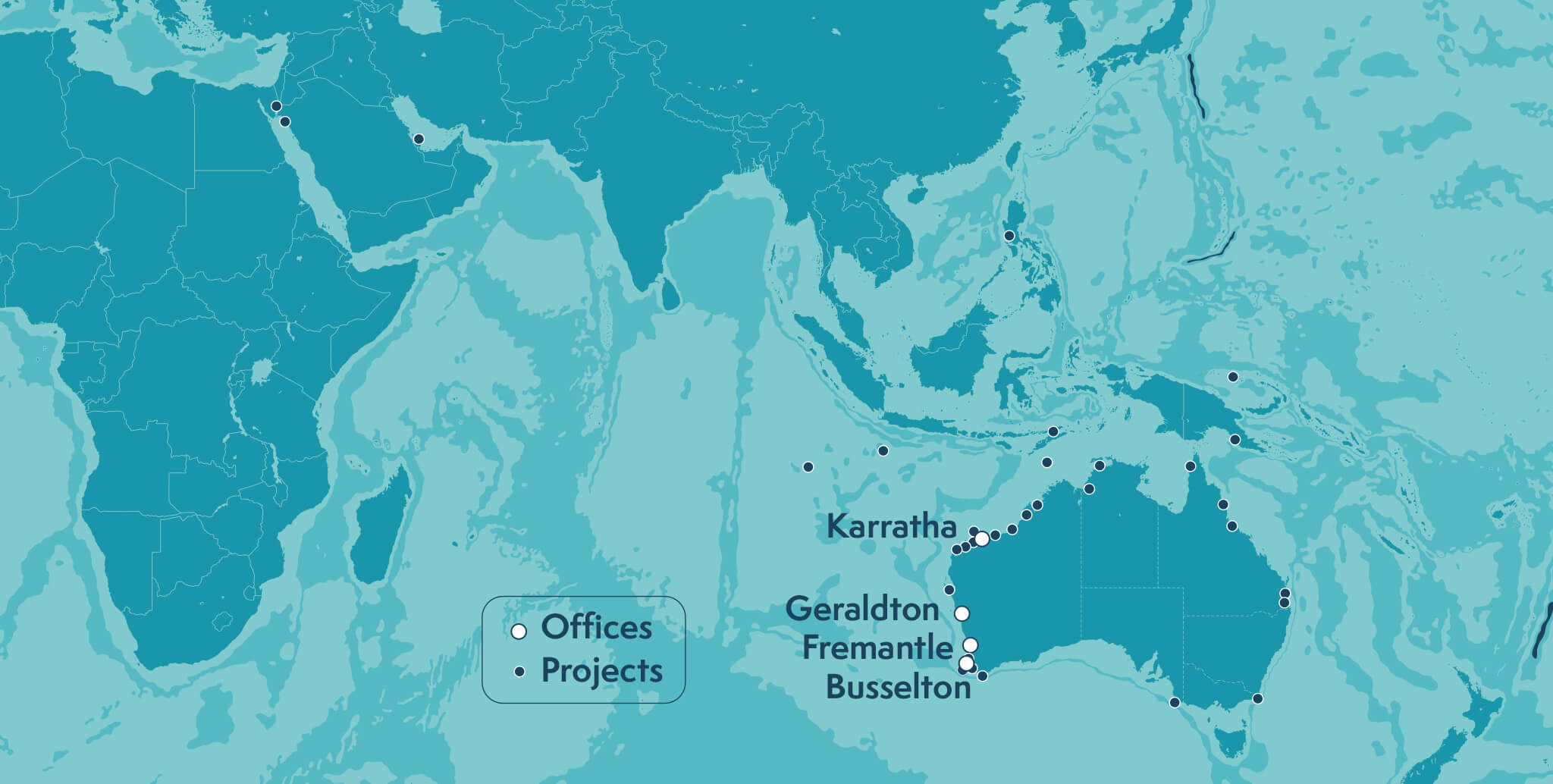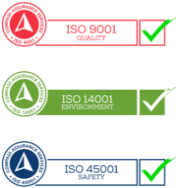Woodside Scarborough Project
O2 Marine is currently engaged to undertake the prerequisite marine quality baseline monitoring studies required to complete the design and execution of the environmental compliance monitoring.
O2 Marine is currently engaged to undertake the prerequisite marine quality baseline monitoring studies required to complete the design and execution of the environmental compliance monitoring.
OMSB engaged O2 Marine to undertake an impact assessment and seek environmental approvals.
O2 Marine was engaged by MWPA to deliver environmental approvals and conduct a project impact assessment for the 2021 Maintenance Dredging project.
O2 Marine have developed Marine Quality Management Framework’s for the Port of Dampier and Port Hedland, and are currently developing a Plan for the Port of Ashburton which aims to address ongoing marine monitoring requirements in line with the EPAs Technical Guidance for Protecting the Quality of Western Australia’s Marine Environment. The Framework establishes Environmental Values which are supported by Environmental Quality Objectives. The Framework also present spatial levels of ecological protection applicable to each facility and the wider surrounding water bodies. Environmental Quality Indicators are then defined using a risk-based approach for which narrative and numerical Environmental Quality Criteria are established to facilitate an assessment of change over time and within the acceptable levels of ecological protection.
O2 Marine was engaged by MWPA to deliver environmental approvals and conduct a project impact assessment for the 2021 Maintenance Dredging project. O2 Marine’s scope was commissioned in March 2021 with the timeline for assessment and approvals extremely tight with dredging activities tentatively scheduled for September 2021. O2Marine conducted as works in accordance with contemporary EPA Technical Guidance.
O2 Inflight and O2 Metocean combined aerial survey data with marine multibeam data to calculate accurate bathymetry of a key creek system for the project. The RPAS provided data for areas previously unreachable via vessel (too shallow) and too remote for vehicle access. This provided an accurate survey of a dynamic and challenging job location. The

